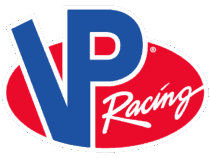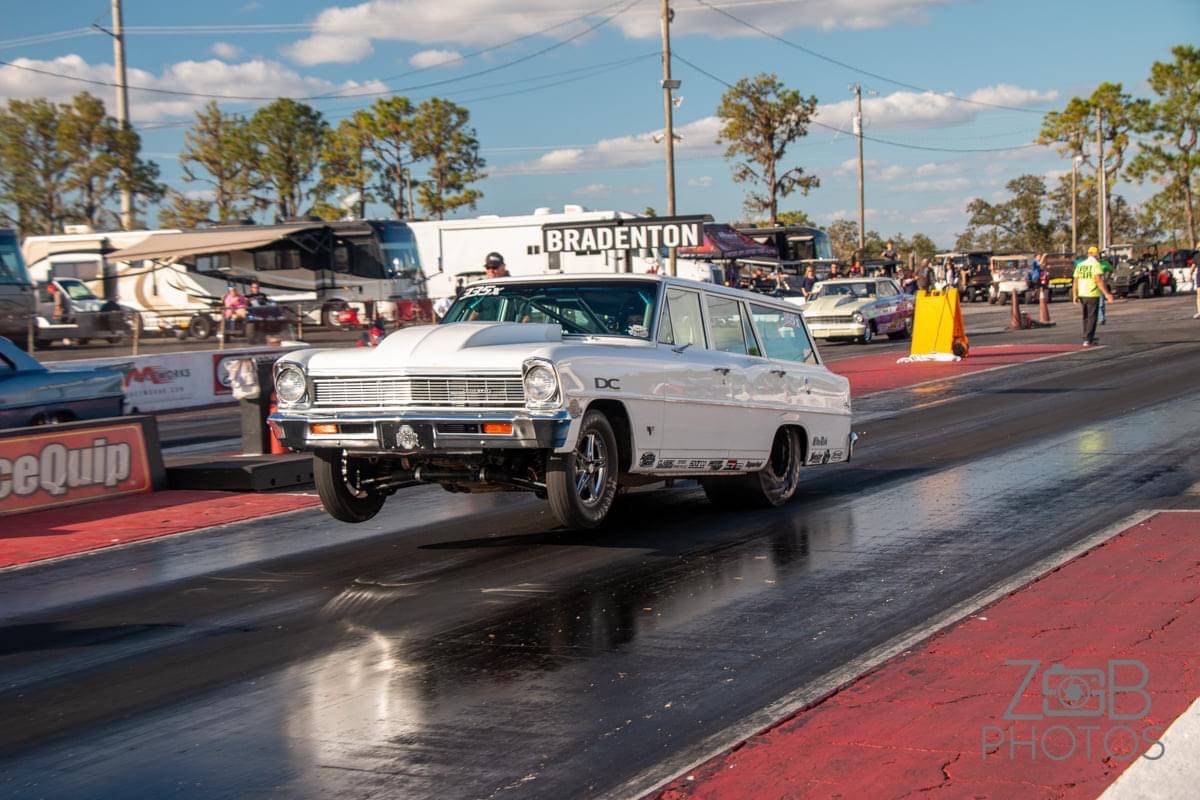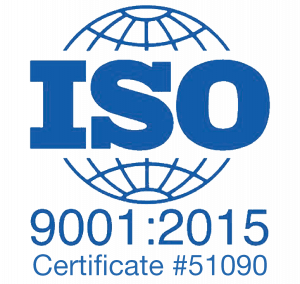Q&A with Dave Connolly
VP: How long have you been using Q15?
Dave Connolly: So, I started using it last year. I’d heard about it … Freddie [Turza. VP’s Technical Manager of Research & Development Sales] got me on the Q15 when I redid my wagon engine … when I bought the thing, it was on alcohol. … and it was pretty decent.
I used to run alcohol when I first started bracket racing 20 years ago or so. Again, it’s the nature of the beast [running on alcohol]. Your tear the engine apart and everything inside it is rusty and it looks like it’s been sitting at the bottom of the ocean.
Talked to Freddie and he thought this [Q15 fuel] might be the perfect ticket for bracket racing. I have to say that he’s definitely right … since I’ve been running it, the car is very, very predictable. It follows the weather to a T. It doesn’t matter if I’m racing in Florida, you know, big barometer, or in Ohio in the middle of the summer with no barometer … I can make my O2 read what it needs to read … and [it will] correct to the same number all of the time. I’ve been very happy with it.
Any time we’ve gone out it’s definitely been a car that … you feel like you can put on dead-on anytime you roll out of the water box.
VP: Have you noticed any increase in power since you switched over [from alcohol to Q15]?
Dave Connolly: When we first got the engine we dyno’d it … it picked up on average 26 horsepower … if the dyno shows 26, I’m sure it’s gonna be better on the racetrack.
VP: Do you have an idea of how many races you’ve run the Q15?
Dave Connolly: … I can tell you this: I’ve made 462 runs on it as we speak. Just last week before the zMAX race, I went to Darlington and I ran a 20-grander and a 100-grander. Double-entered the car and made 27 runs in two days. It’s done very, very well and we’ve picked up quite a few wins on it so far.
VP: Do you know roughly how many wins you’ve had with it [Q15 fuel]?
Dave Connolly: I think we’ve won four races with it … the last three times out we won two 10-granders, were runner-up in a 60-grander … so we’ve put the miles on it … granted, it’s been over a course of three, four months. … we have a lot of races coming up. … again, that’s what I love about the fuel. It’s so predictable. … a lot of these big bracket races now are no time run, so you just go day-to-day. You’re starting a fresh race and if there’s a big weather swing overnight I can pretty much look at the weather station, run my formulas, and know what I’m going right out the gate. That’s been a big help.
VP: Sounds like it [using Q15] takes a lot of the work out the equation that you maybe used to have to do when you ran alcohol.
Dave Connolly: You know, some guys run alcohol, same-day stuff. Yea, their stuff won’t move. But again, if there’s a big weather swing the next day, it could be a thousand or two thousand feet better air … alcohol may move, it may not. It was always a guessing game for me where, with this Q [15], it’s just so predictable.
VP: If someone asked you, “Dave, I’m thinking of switching to Q15. Why should I?” What would you tell them?
Dave Connolly: Predictability is probably the biggest selling point. Another thing is the engine aspect of it. Again, I’ve got 460-some runs on this engine and the vacuum is [looks] the same as it was day one when we put the thing in the car. I’d be willing to guess that the thing looks pretty pristine inside – the cylinder walls. … it’s nothing like alcohol. Alcohol is just so abrasive. The rust in your fuel system can validate that … things aren’t crystalized. It’s [running Q15] a little peace of mind.


